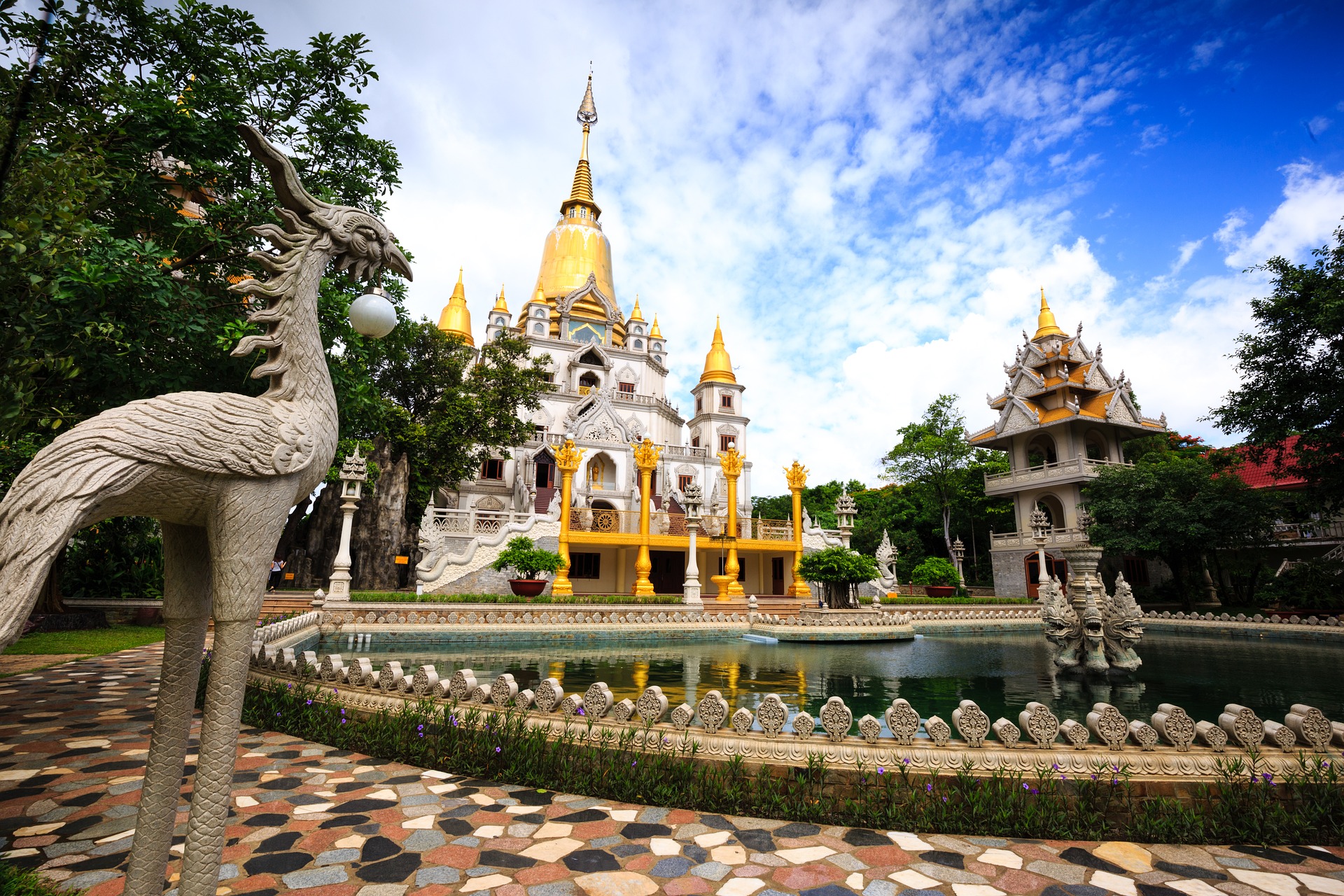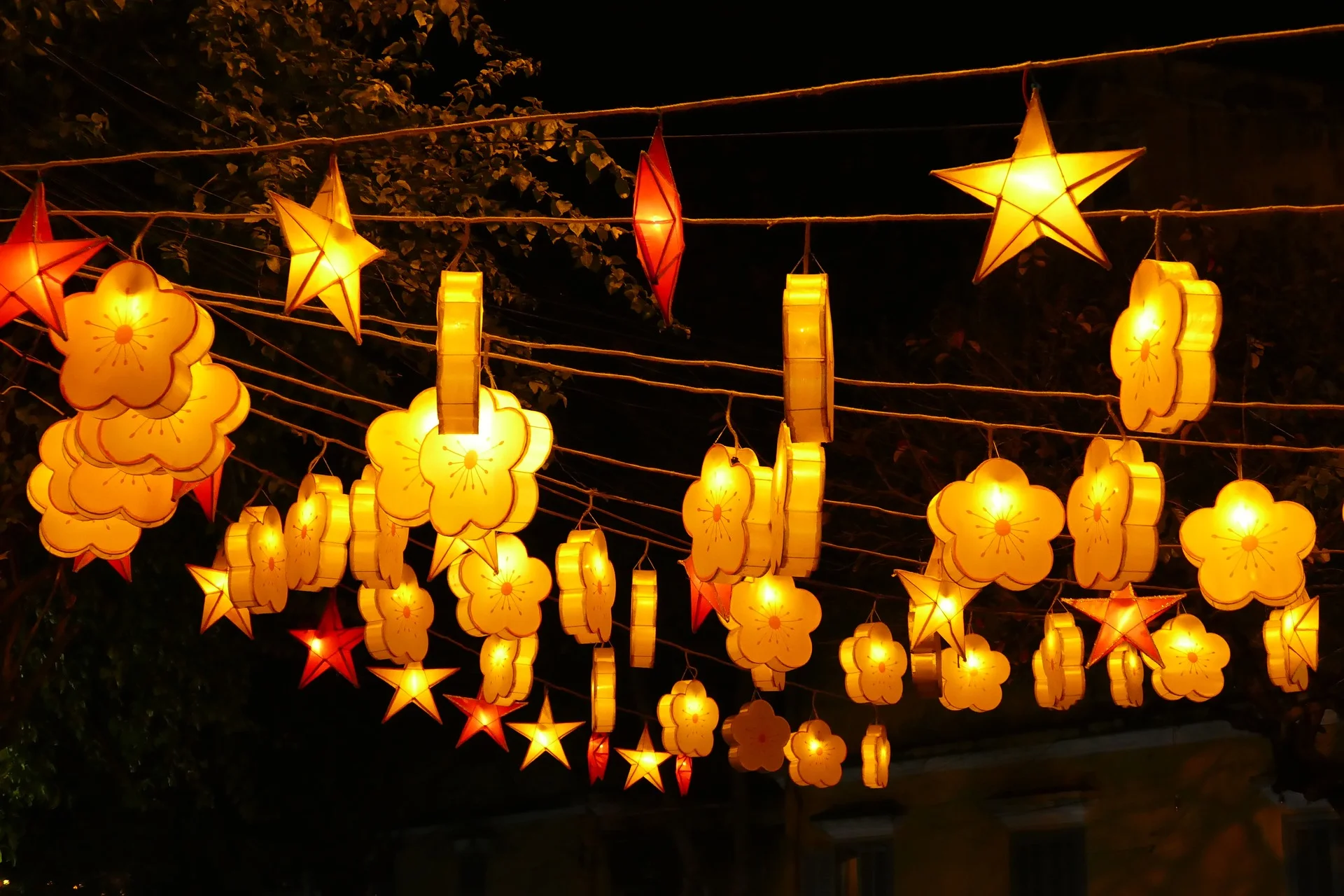Whether you’re an experienced traveler or planning your first trip abroad, Vietnam is a can’t-miss destination. Not only does the country offer rich culture, affordable prices, and incomparable cuisine, but it’s incredibly regionally diverse. Vietnam measures in at 1,025 miles long and has everything you could possibly want, from sprawling mountains and bustling cities to pristine beaches and charming coastal towns. Vietnam is the perfect year-round getaway, but the distinct geographic regions each have different times of year that are ideal to visit. Keep reading to learn the best time to visit Vietnam!
Summer (May-September)
Summer in Vietnam is hot, hot, hot! The central region of the country is in the midst of its dry season, while the north and south are experiencing heavy rains. But with temps nearing 100 degrees, the rain is a nice reprieve from the oppressive heat and humidity. It also brings vibrant shades of green to the northern hills. While there are plenty of southern beaches you can visit at this time, the Phu Quoc shores are in monsoon season, so it’s best to avoid the Mekong Delta area. Vietnam in July has some of the heaviest rains—the storms start in June and continue on for a few months. If you plan to visit Vietnam in August, there will still be steamy temperatures and strong rainfall, but the season will soon be shifting to fall. Keep in mind that summer is the most popular tourist season, so be sure to book well in advance, especially if you’re visiting the coast.
Fall (October-November)
You’ll fall in love with fall in Vietnam. As a shoulder season, the crowds are smaller and the already affordable prices drop even more. This is one of the best times to trek Sapa in the far north, as the temperatures are pleasant and the rains have died down. You’ll also find warm, dry days in northern Vietnam in October and November. Head to Hanoi and Halong Bay during the autumn months for ideal sightseeing conditions. However, avoid the central coast—this is peak monsoon season. Feel free to head down south, where the weather has mostly dried up and temperatures have cooled. One of the best things about fall in Vietnam is the Mid-Autumn Festival (sometimes at the end of September); watch glowing lanterns light the night sky as you munch on some delicious mooncakes!
Winter (December-February)
Since Vietnam can be incredibly hot year-round, the winter is a great option for those who are more comfortable in temperate weather. In the far north and northern Vietnam, temperatures are cold—even freezing during the night. It’s not unusual for the high mountains to see snow during these months. Even so, it’s a great time to explore the region; just pack accordingly! It’s the dry season in central and southern regions, as well as the islands, so embark on a tropical getaway that’ll make everyone envious. One main reason to visit this fascinating country during winter is for Tet—the Vietnamese New Year. It’s one of the most exciting times of year, and the streets are buzzing with energy. You’re guaranteed to see dazzling fireworks exploding in the sky, intricate dragons dancing through the streets, and heartwarming familial celebrations. There’s no better way to truly immerse yourself in Vietnamese culture.
Spring (March-April)
The spring is another one of the best times to visit Vietnam. As with the fall, temperatures are pleasant and the weather isn’t too rainy. Temperatures are still cool but warming up in the northern regions. This is when the rice is planted, and the lush terraces offer a breathtaking, verdant view. You'll also have a greater chance of clear, sunny skies in Halong Bay. Central Vietnam sees temperatures in the 60s with high humidity. Further south, temperatures are hotter, and can range from 70 to 90 degrees. The steamy weather is relatively dry, but it’s always good to plan for rain. Locals tend to wear plastic ponchos as a precaution for possible drizzle throughout the day. Overall, there are differences throughout the country, but the spring and fall are the top opportunities to experience the best wide-ranging weather.















The culinary delights found in Southeast Asia give you a taste of the best of Asian cuisine. Each country in the region offers diverse options, making for a unique experience during every leg of the journey. It is essential for every traveler to dive into the food culture so we have narrowed down some of our favorite dishes from Southeast Asia.